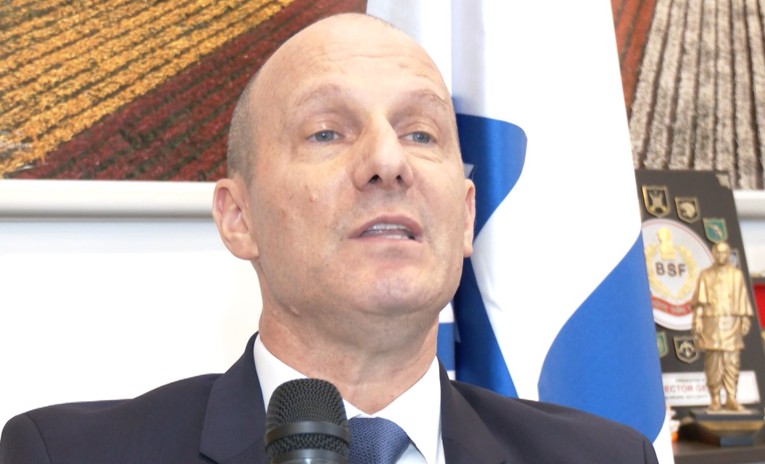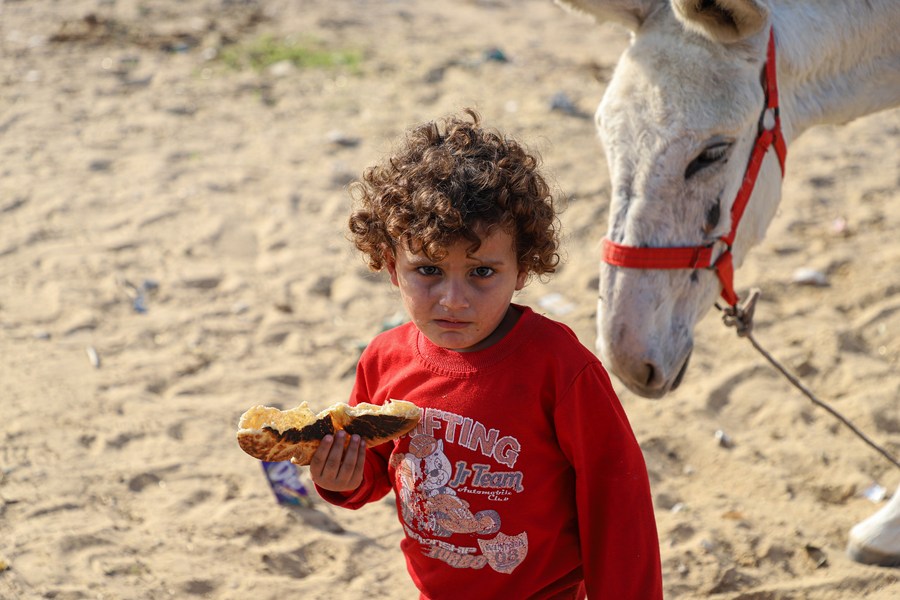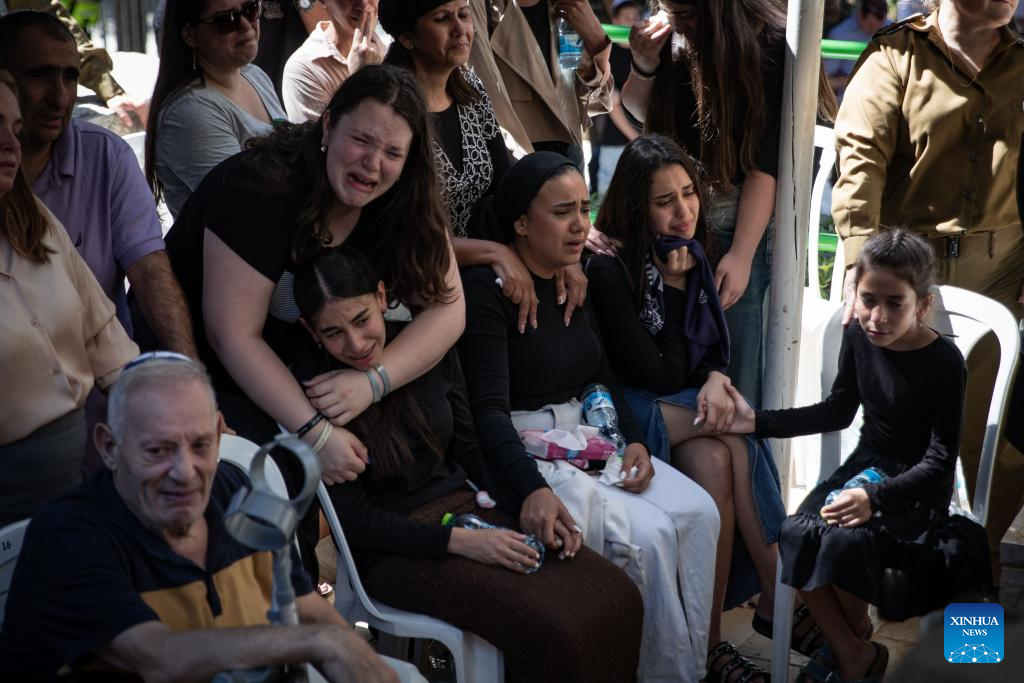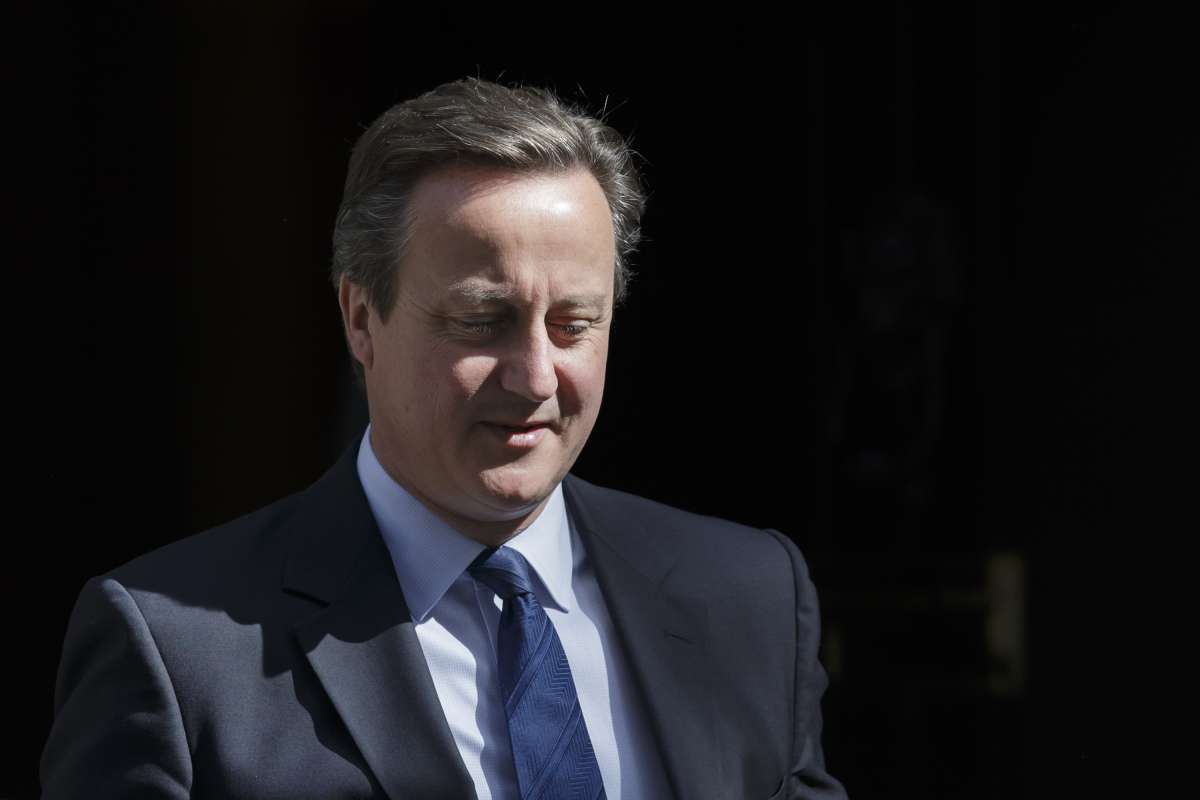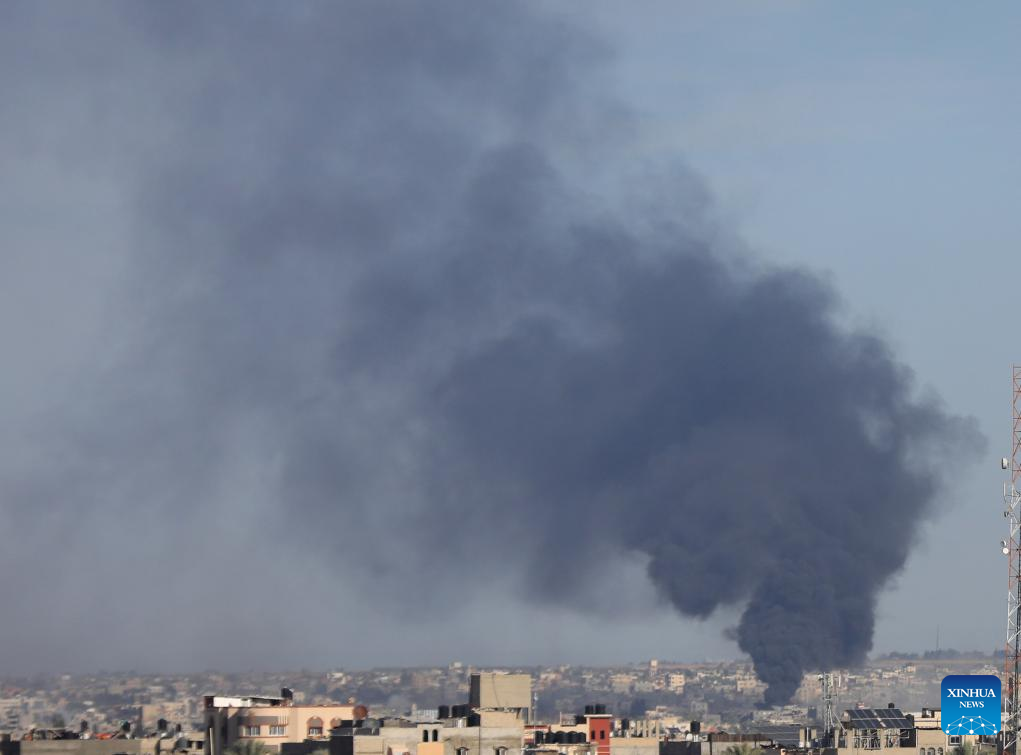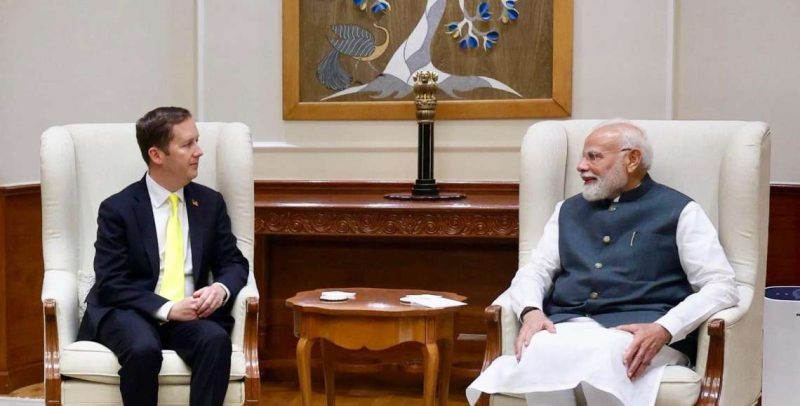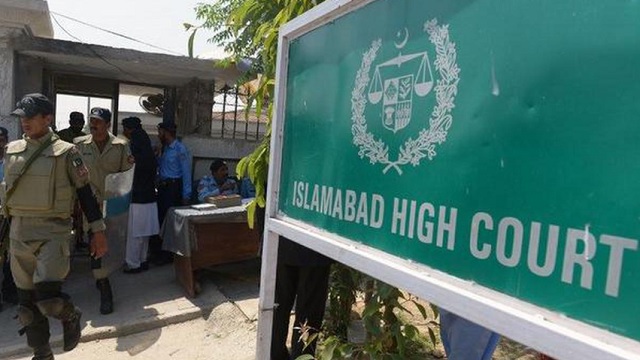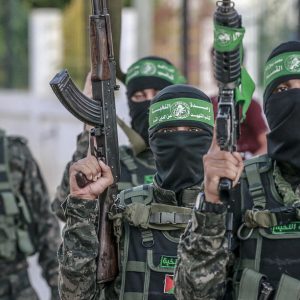The nature of combat in southern Gaza is therefore slower, more precise and targeted, involving raids and focused assaults rather than large-scale rapid maneuvers…reports Asian Lite News
Without fanfare, the Israel Defense Forces is transitioning from phase 2 in the war against Hamas–the high-intensity stage of surging ground forces throughout Gaza–to phase 3, involving far more targeted operations, with a focus on the south of the strip.
The decision to do so is based primarily on the IDF’s assessment that it has succeeded in dismantling Hamas’s organized military structures in northern Gaza and in Hamas’s former heartland of Gaza City, leaving disorganized groups that have fallen back on independent guerrilla warfare tactics.
“We are now operating differently in that area, with a different mix of forces, to deepen our achievements. We are currently focusing on the central Gaza Strip, in the area of the central camps, and in the southern Gaza Strip, in the area of Khan Yunis This is still a complex operational activity, with hard battles being fought both in the center and the south. The fighting will continue into 2024,” IDF Spokesperson Rear Adm. Daniel Hagari said on Jan. 6.
This coming year will likely see the military divide Gaza in two, with IDF units deployed to defend the dividing line while also working to make sure that tunnels cannot be used to move from north to south Gaza.
In practical terms, this means that large numbers of soldiers are being discharged, with reservists returning to the workforce to nourish the badly neglected economy and recharge ahead of a potential call-up to the north.
The operations in remaining Hamas strongholds such as Khan Yunis are being led by the IDF’s 98th Division, which features many special forces operators.
In the central Gaza Strip, the army is still involved in significant fighting in the area of the central camps in Al-Bureij, where it is locating tunnels, large underground weapons factories (from which weapons were sent along the Hamas military tunnel network to positions all over Gaza).
The IDF’s shift from phase 2 to phase 3 (phase 1 involved airstrikes and massing forces throughout October ahead of the ground incursion into Gaza) is not being declared or occurring in one clear maneuver, much like the military’s ground offensive was not declared when it began at the end of October.
This approach is indicative of a broader tactical philosophy emphasizing flexibility, adaptability and ambiguity. This ambiguity serves multiple purposes: It allows the IDF to adjust its tactics based on realities in the field without being constrained by prior public commitments, and it keeps adversaries uncertain about precise future moves.
The realities in Gaza mean it is now clear that different military tactics are needed in the north and the south. The IDF’s decision to release many brigades back to the economy while refreshing forces indicates a long-term view of the campaign while recognizing the need to maintain operational readiness on the Lebanese border as well.
The conflict has been prolonged, already lasting some 100 days, which requires the IDF to manage its human and material resources carefully.
Giving the 98th Division, with its special forces, the lead in the war, in contrast to the more conventional divisions, is a response to the unique challenges in southern Gaza. This includes more contained operations with a focus on specific Hamas centers of gravity, involving tunnels where Hamas’s leadership likely is barricaded, together with many of Israel’s hostages. Above ground, many civilians remain.
The nature of combat in southern Gaza is therefore slower, more precise and targeted, involving raids and focused assaults rather than large-scale rapid maneuvers.
In northern Gaza, dismantling Hamas’s organized military capacity has already seen the elimination of many commanders to disrupt command and control, surrounding areas like Jabaliya with combined forces, and unprecedented collaboration between the air force and ground forces. These tactics have yielded significant results, including the surrender of many Hamas field operatives and the collection of valuable intelligence.
Meanwhile, rocket caches and underground infrastructure continue to be destroyed, despite the sporadic rocket fire that continues from Gaza at Israeli civilian areas.
As the IDF moves forward with its operations in central and southern Gaza, it is applying lessons learned from earlier phases. The focus on intelligence-gathering, using classified ways to deal with tunnels, precision strikes, and minimizing civilian casualties while effectively dismantling Hamas’s military capabilities is part of those lessons.
No less important, the IDF must retain full freedom of movement in the coming years and conduct persistent security raids in response to intelligence, to prevent Hamas from rebuilding capabilities to serve its genocidal intentions, just as Israel does in Judea in Samaria every night. (ANI/TPS)
ALSO READ-Netanyahu Vows Israel’s Unyielding Fight Against Hamas



